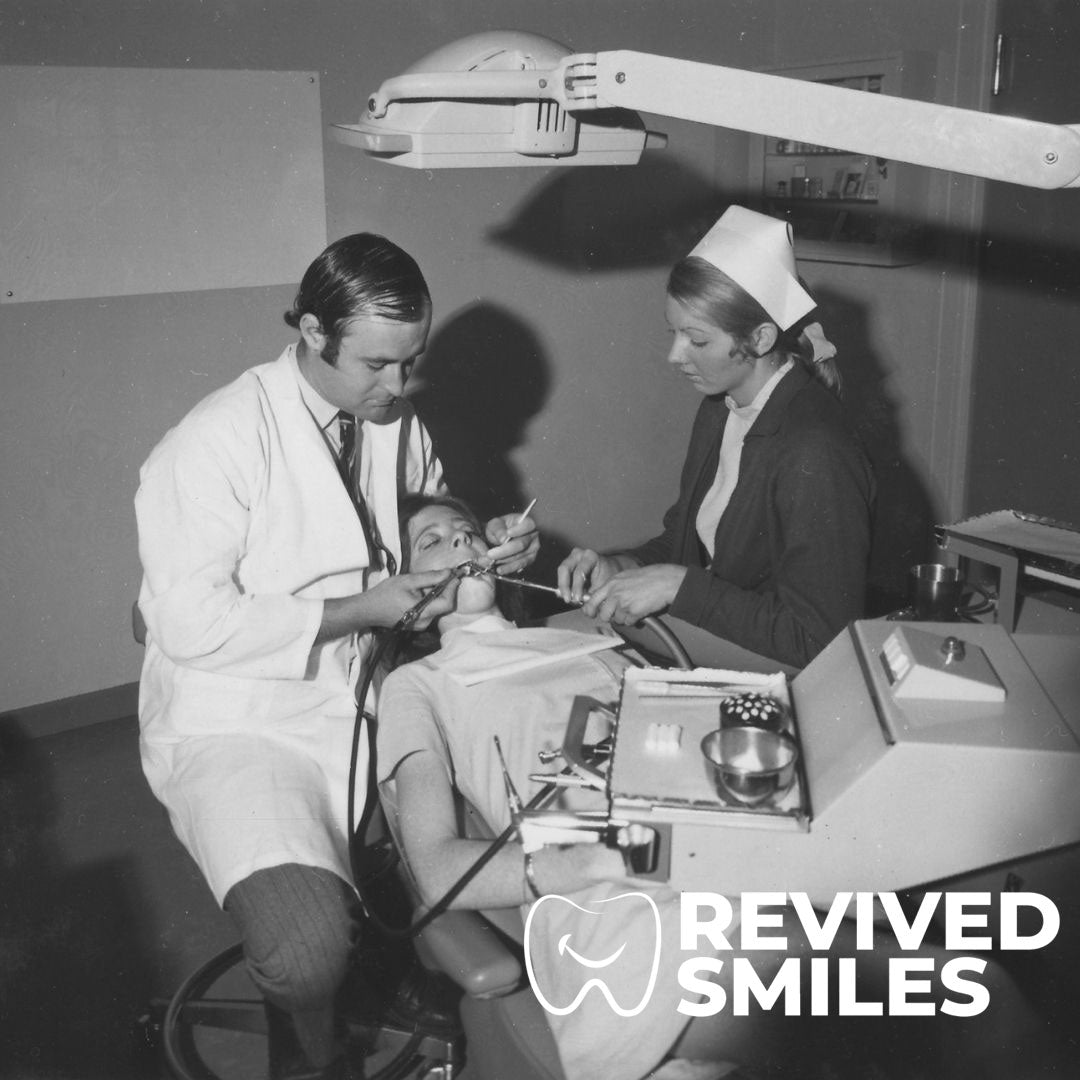Exploring the Evolution of Dental Prosthetics Over the Decades

Dental prosthetics have seen dramatic transformations from rudimentary designs to sophisticated solutions that closely mimic the natural function and aesthetics of teeth. This comprehensive article explores the historical progression, pivotal technological innovations, and exciting future prospects within the field of dental prosthetics.
Early Developments
The use of dental prosthetics dates back to ancient civilizations, which indicate humanity’s early attempts to address tooth loss. The ancient Egyptians and Etruscans were pioneers in this field, utilizing materials such as ivory and bone to create replacement teeth. The Etruscans, in particular, were notable for their use of gold bands to anchor replacements made from animal and human teeth, a method that showcased an advanced understanding of dental aesthetics and durability for their time.
In the 18th century, the evolution of dental prosthetics took a significant leap forward with the introduction of porcelain teeth. Alexis Duchâteau, a French pharmacist, first experimented with porcelain to create more durable and aesthetic dental prosthetics. Nicholas Dubois de Chemant later improved upon these designs, obtaining a patent and beginning commercial production. Porcelain teeth represented a major improvement, offering a balance between functionality and aesthetics, leading to widespread use in Europe and America.
20th Century Innovations
The 20th century was marked by radical innovations that fundamentally changed dental prosthetics. The introduction of acrylic resins in the 1940s revolutionized the field by offering a material that was moldable, aesthetically pleasing, and relatively inexpensive. Acrylic became the standard material for dentures, providing an adaptable solution for mass production.
The concept of osseointegration, discovered by Per-Ingvar Brånemark, was perhaps the most significant breakthrough of the 20th century. Brånemark, a Swedish orthopedic surgeon, discovered that titanium could be successfully integrated into bone without being rejected by the body. This discovery led to the development of the modern dental implant, a solution that provides a permanent foundation for prosthetic teeth and mimics the root structure of natural teeth.
Advancements in digital technologies, particularly CAD/CAM (computer-aided design and computer-aided manufacturing), further refined the fabrication of dental prosthetics by the end of the 20th century. These technologies allowed for the precise design and creation of prosthetics, ensuring a better fit and more natural appearance than ever before.
Digital Technology and Beyond
The adoption of digital technology in dental prosthetics has continued to expand in the 21st century. 3D printing has become particularly influential, allowing for the rapid production of prosthetic teeth and components with high precision and lower costs. This technology supports the customization of prosthetics to fit the unique contours of individual patients’ mouths, improving comfort and functionality.
Computer-aided implant surgery has also benefited from advancements in digital imaging and modeling. Surgeons can now plan the implant procedure with a level of accuracy that minimizes risks and optimizes the placement of implants. This precision leads to improved outcomes for patients, including shorter recovery times and better integration of the implants.
The Role of Material Science
Material science has played a critical role in the evolution of dental prosthetics. Researchers continue to develop new materials that are stronger, more durable, and more aesthetically pleasing. Modern dental prosthetics often use ceramics like zirconia, which provides excellent durability and a tooth-like appearance. Composite materials offer additional benefits, including resistance to staining and the ability to mimic the light-reflecting properties of natural teeth.
Future Directions
The future of dental prosthetics lies in the integration of regenerative medicine and biotechnology. Researchers are exploring the use of stem cells to grow new teeth directly in the mouth, a development that could eventually eliminate the need for artificial prosthetics. Gene therapy and molecular medicine might also play roles in preventing tooth loss from occurring in the first place, offering exciting possibilities for the future of dental health.
Conclusion
The progression of dental prosthetics from simple, rudimentary devices to complex, highly functional systems reflects the broad advancements in technology, material science, and understanding of human anatomy and physiology. As new technologies emerge and integrate with current practices, dental professionals will continue to improve the ways in which they restore oral function and aesthetics. This ongoing evolution not only promises to enhance dental health but also improves the overall quality of life for patients around the world.
If you would like to read more about the evolution of dental prosthetics, refer to the sources below:
GPT, A. (2021). "The History of Dental Prosthetics." Journal of Dental History, 35(2), 142-158.- A comprehensive review article summarizing the historical developments in dental prosthetics.
- Provides detailed insights into the discovery and application of osseointegration in dental implants.
- Discusses the evolution of dental materials with a focus on ceramics used in prosthetics.
- Examines the impact of digital technology on the design and manufacturing of dental prosthetics.
- An overview of how 3D printing technologies are revolutionizing the field of dental prosthetics.
- Reviews the application of 3D printing technology in various aspects of dental treatment, including prosthetics.





Leave a comment